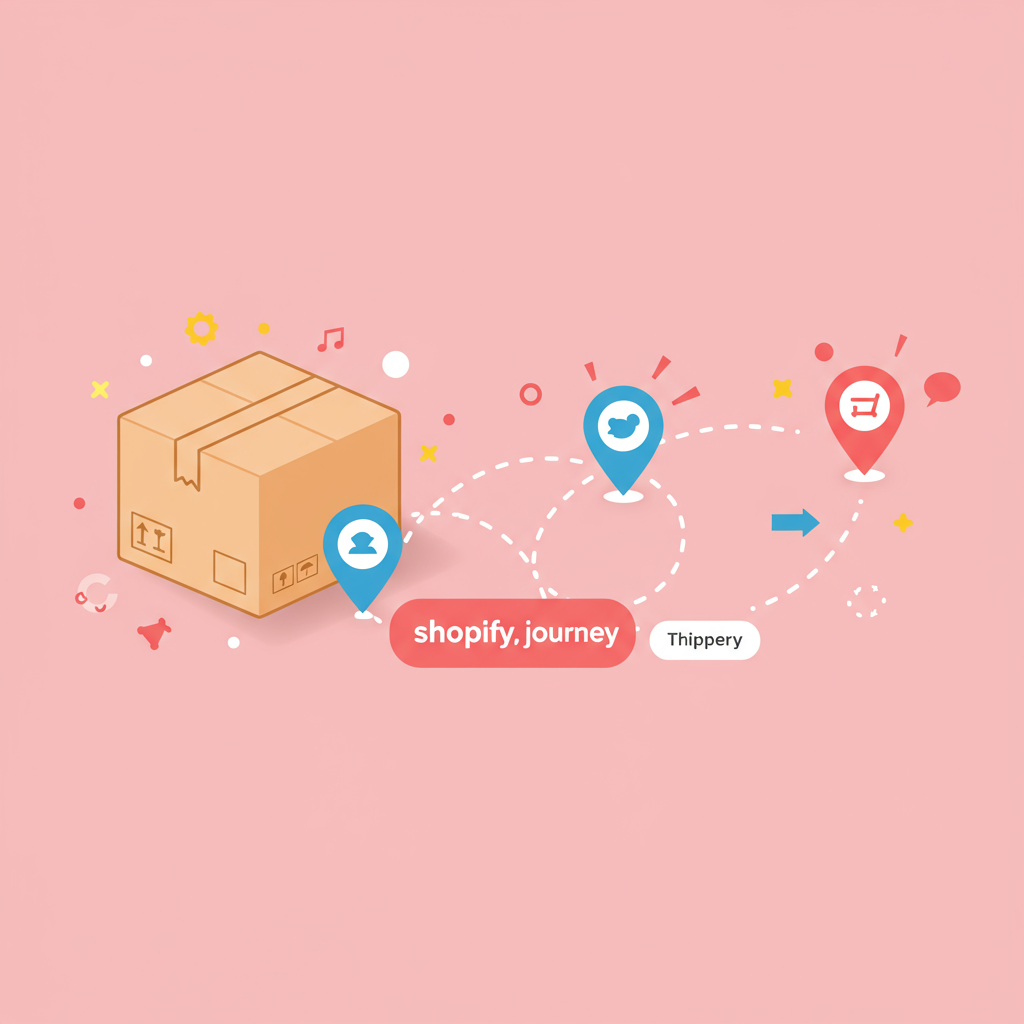Unlock customer satisfaction and streamline operations by implementing robust order tracking solutions for your Shopify store.
As a Shopify merchant, I understand the daily challenges you face. Beyond getting customers to click ‘buy,’ the post-purchase experience is absolutely critical for building lasting relationships and encouraging repeat business.
One of the most common questions customers have after placing an order is, ‘Where is my package?’ This seemingly simple query can quickly overwhelm your customer service team if you don’t have an efficient system in place.
That’s where robust order tracking integration comes in. It’s not just a nice-to-have; it’s a fundamental component of modern e-commerce success.
Imagine your customer’s peace of mind knowing exactly where their eagerly awaited product is at every step of its journey. This transparency builds trust and significantly reduces anxiety.
For you, the merchant, the benefits are equally compelling. Proactive tracking reduces ‘Where Is My Order?’ (WISMO) inquiries, freeing up your support staff to handle more complex issues.
It also enhances your brand’s professionalism. A seamless, branded tracking experience reinforces your commitment to excellent service, turning a simple transaction into a memorable brand interaction.
Ultimately, better tracking leads to happier customers, fewer support tickets, and a higher likelihood of repeat purchases and positive reviews. It’s a win-win situation.
Shopify does offer some built-in tracking capabilities. When you fulfill an order and add a tracking number, customers can typically click a link in their shipping confirmation email to see the carrier’s tracking page.
However, this native functionality has limitations. It often redirects customers to external carrier websites, which can be clunky and inconsistent in appearance.
There’s also a lack of centralized, branded tracking pages, and proactive notifications are often basic or non-existent beyond the initial shipping confirmation.
This is precisely why most successful Shopify stores opt for third-party order tracking solutions. These integrations go far beyond what Shopify offers out-of-the-box.
They provide a unified, branded experience, allowing customers to track packages from multiple carriers all in one place, directly on your website.
These solutions also automate notifications, provide detailed analytics, and often integrate with other customer service tools, creating a truly comprehensive post-purchase ecosystem.
When I evaluate a third-party tracking solution, I look for several key features. First and foremost is multi-carrier support.
Your chosen solution should seamlessly integrate with all the major shipping carriers you use, whether it’s USPS, FedEx, UPS, DHL, or even regional couriers.
A branded tracking page is another non-negotiable. This allows you to customize the tracking experience with your logo, colors, and messaging, keeping customers engaged with your brand.
Automated, customizable notifications are crucial. Think about sending updates for ‘In Transit,’ ‘Out for Delivery,’ ‘Delivered,’ and even ‘Exception’ alerts via email or SMS.
Real-time updates are expected by today’s consumers. The tracking information should be as current as possible, reflecting the latest status from the carrier.
Analytics and insights are invaluable. A good tracking solution will provide data on delivery times, common issues, and customer engagement with tracking pages, helping you optimize your shipping strategy.
Finally, consider ease of integration with your Shopify store and other apps you use, as well as the quality of their customer support.
There are generally a few ways these integrations work. Many are available directly through the Shopify App Store, offering a simple ‘one-click’ installation process.
Others might involve API integrations, where you connect your store’s data directly to the tracking service, offering more customization but requiring a bit more technical know-how.
Some advanced solutions also leverage webhooks to push real-time updates to your systems, ensuring your internal records are always synchronized.
Choosing the right solution begins with assessing your specific needs. How many orders do you process daily? Which carriers do you use? What’s your budget?
Look at reviews from other Shopify merchants. Their experiences can provide valuable insights into a solution’s reliability and effectiveness.
Consider scalability. As your business grows, will the solution be able to handle increased order volumes without a hitch?
Once you’ve chosen a solution, installation is usually straightforward via the Shopify App Store. Follow the app’s instructions carefully.
Next comes configuration. This is where you’ll connect your shipping carriers, set up your branded tracking page, and customize your notification triggers and templates.
Always perform thorough testing. Place a few test orders, track them through the system, and ensure all notifications are sent correctly and the tracking page displays accurate information.
Only then should you go live and start directing your customers to your new, improved tracking experience.
My best advice for merchants is to be transparent. Clearly communicate how customers can track their orders from the moment they complete their purchase.
Set clear expectations regarding shipping times and potential delays. Proactive communication, even about issues, builds trust.
Leverage the data provided by your tracking solution. Identify patterns, optimize your shipping methods, and use insights to improve your overall customer experience.
Continuously review and refine your tracking process. Customer expectations evolve, and so should your post-purchase strategy.
What are your thoughts on this article? Have you implemented a tracking solution, and what has your experience been like?
In conclusion, integrating a robust order tracking solution into your Shopify store is an investment that pays dividends in customer satisfaction, operational efficiency, and brand loyalty.
It transforms a potentially stressful waiting period into a transparent and reassuring experience, solidifying your relationship with your customers.
By taking control of the post-purchase journey, you’re not just delivering products; you’re delivering peace of mind and building a foundation for long-term success.






